Guest POV: Five Ways to Decorate Your Home for More Sanity
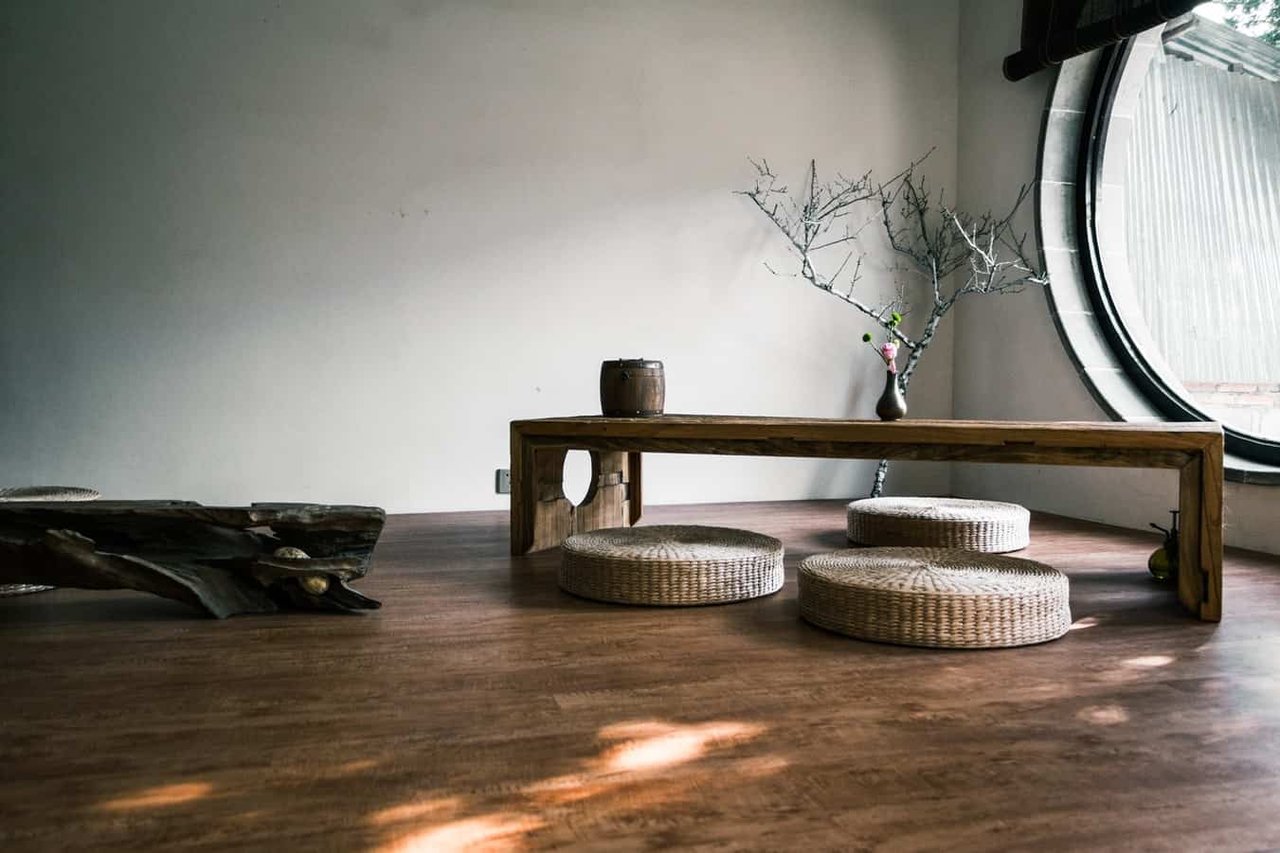

by Susan Burks
Susan Burks is a Bay Area creative advisor focused on enhancing well-being through interior design. She works with clients to design healthier, more productive spaces to live and work in. Explore her website: www.InSite-Projects.com to learn more about her advisory services and nature-based artwork.
Reading time: 2 minutes and 22 seconds
“There is nothing like staying at home for real comfort.” ~ Jane Austen
While a beautiful home can be a welcome hideaway from the world at large, this moment in time has shed new light on the role that our surroundings play in our well being – especially with new, overlapping needs that now take place in the same, often confined, spaces.
Over many years of helping people renovate, decorate and reorganize their homes I’ve found that the most successful solutions to being our happiest selves are those that connect interior design with the impact our spaces have on us emotionally and cognitively.
In our current, shared reality it’s easy to find ourselves feeling spacey, scattered, unfocused and anxious. Thoughtful design can enhance the sense of solid ground beneath our feet and can strengthen our connection with the reassuring ebb and flow of nature.
So how do we design our homes to support us in this way? Here are five tips and insights for incorporating visual and tactile elements in your home that will support a deeper sense of rooted sanity:
1. Earth Elements. Wood, clay, stone, ceramic
Positive effects: Causes blood pressure and pulse to drop, reduces muscular tension and lowers levels of stress hormones.
Design solutions: Wooden beams, paneling, cabinets, table and desktops. Tile and stone floors and ceramic objects. When we see and feel natural
elements, our nervous system responds in kind.
2. Shape and Proportion. Architectural and design elements in rounded, contoured or proportional geometries.
Positive effects: When these elements exist around us, our nervous system is triggered toward deeper balance and flow.
Design solutions: Satin plaster wall finishes, sinuous line drawings and prints, abstract human and animal shaped art forms and curvaceous vases.
3. Rhythmic Fluidity. Pattern seeking is one of our most primal traits. Uneasy with chaos and chance we use visual cues to identify and root ourselves to an underlying order.
Beneficial effects: repetitions of form create a sense of continuity and have measurable, stress-relieving properties in their rhythmic, unified
fluidity.
Design solutions: symmetrical, repetitive wallpapers, textiles and rug patterns in neutral and earthy tones. Arrangements of objects in shapes
that compliment and echo each other.
4. Room with a View. Views of nature and real living plants through windows or in artwork.
Beneficial effect: allows for recovery from mental fatigue and facilitates the restoration of our attention by reminding us of the natural world
and our part in it.
Design solution: Photography, prints and paintings of nature and wildlife. Living plants in the home.
5. True to our Roots. Images and objects from our meaningful past of family, ancestors and past accomplishments.
Beneficial effect: artfully arranged reminders of our past and personal journeys strengthen family bonds and bring about a sense of fulfillment or
feelings of love that have a positive impact on our psychological wellbeing.
Design solutions: a family photo wall; objects and photos from important life passages or travel that are carefully framed and arranged on
bookshelves or along a passageway. Treasured family heirlooms mixed with more modern furniture designs.
Photo Credit: Daniel Chen
Insite Projects: Interior Design for Wellbeing [email protected]
Stay up to date on the latest real estate trends.


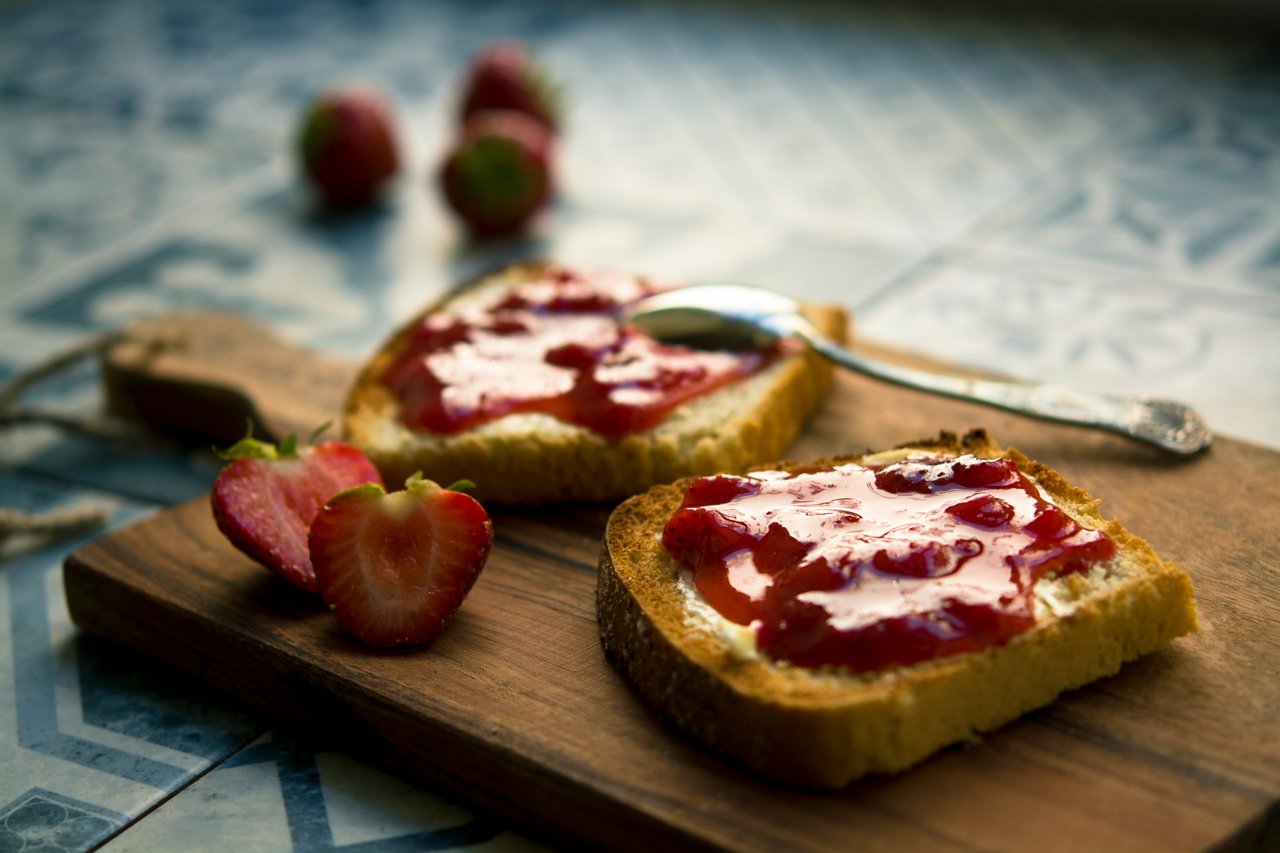
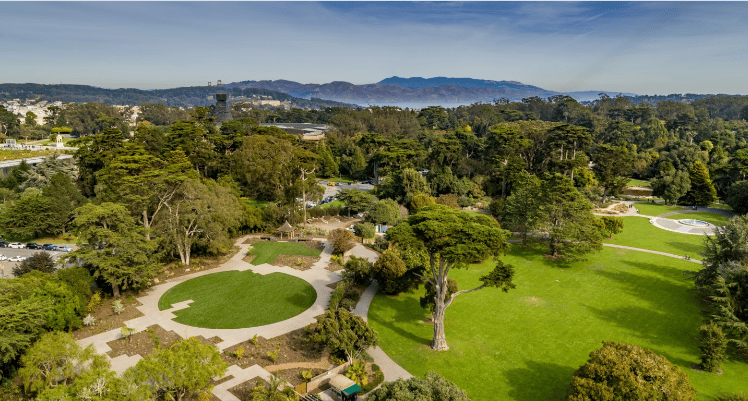
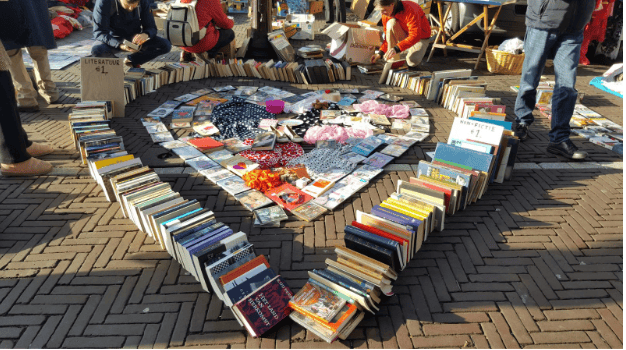
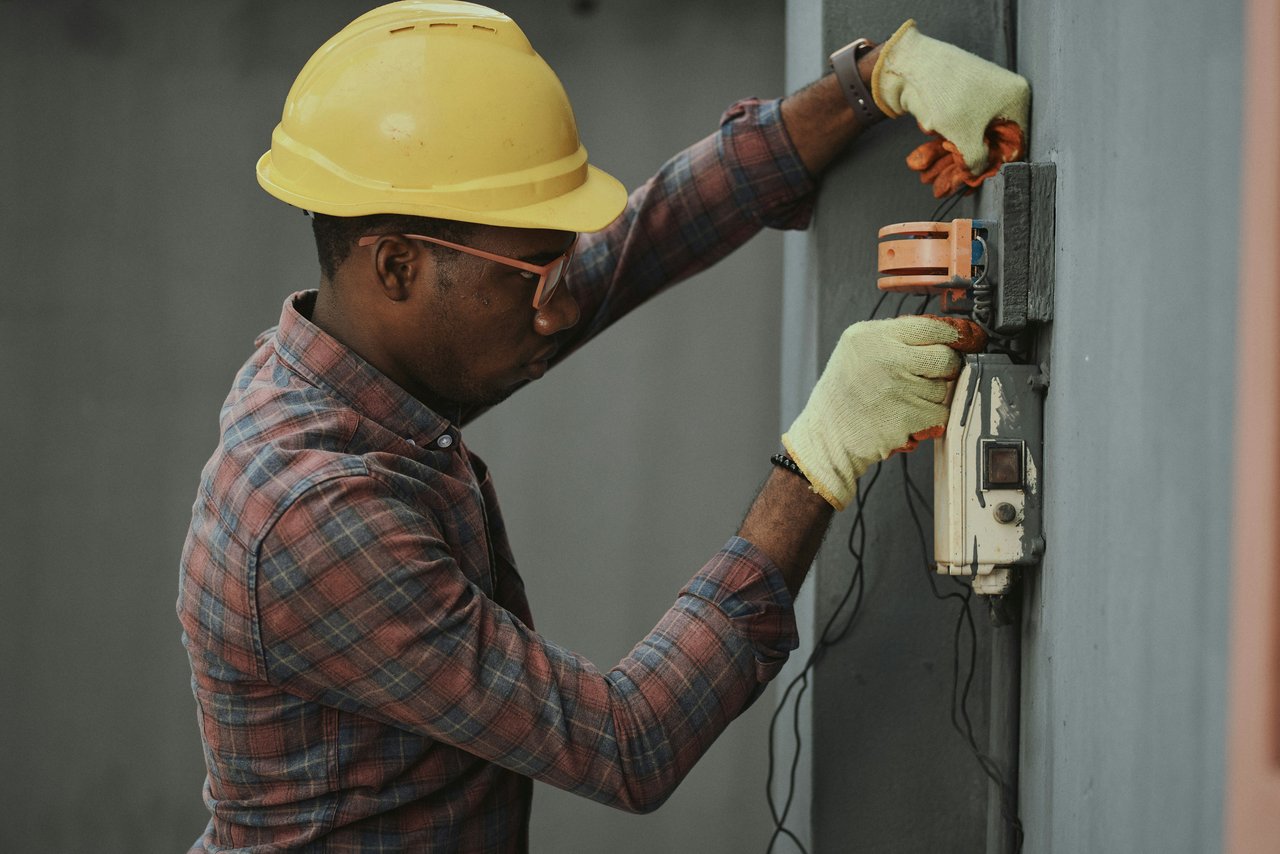


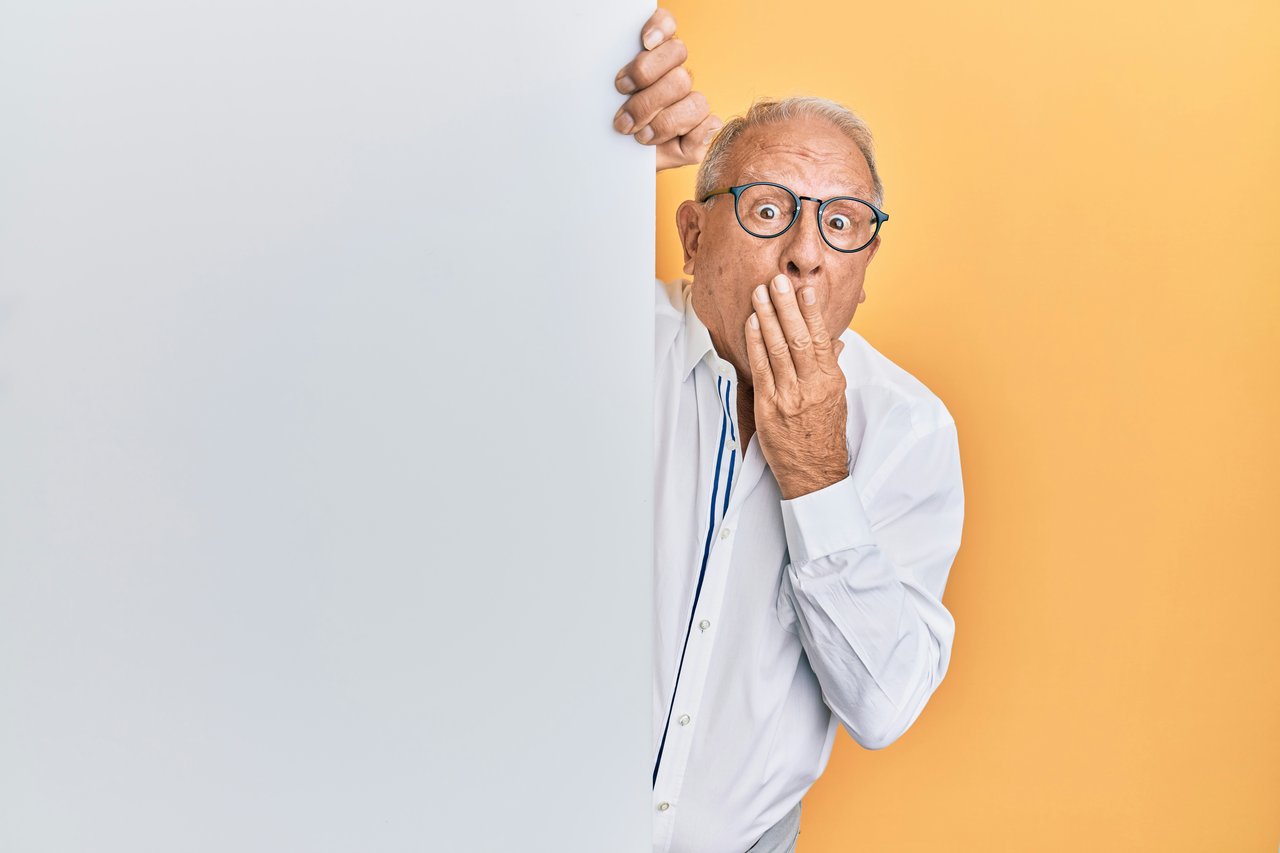
You’ve got questions and we can’t wait to answer them.